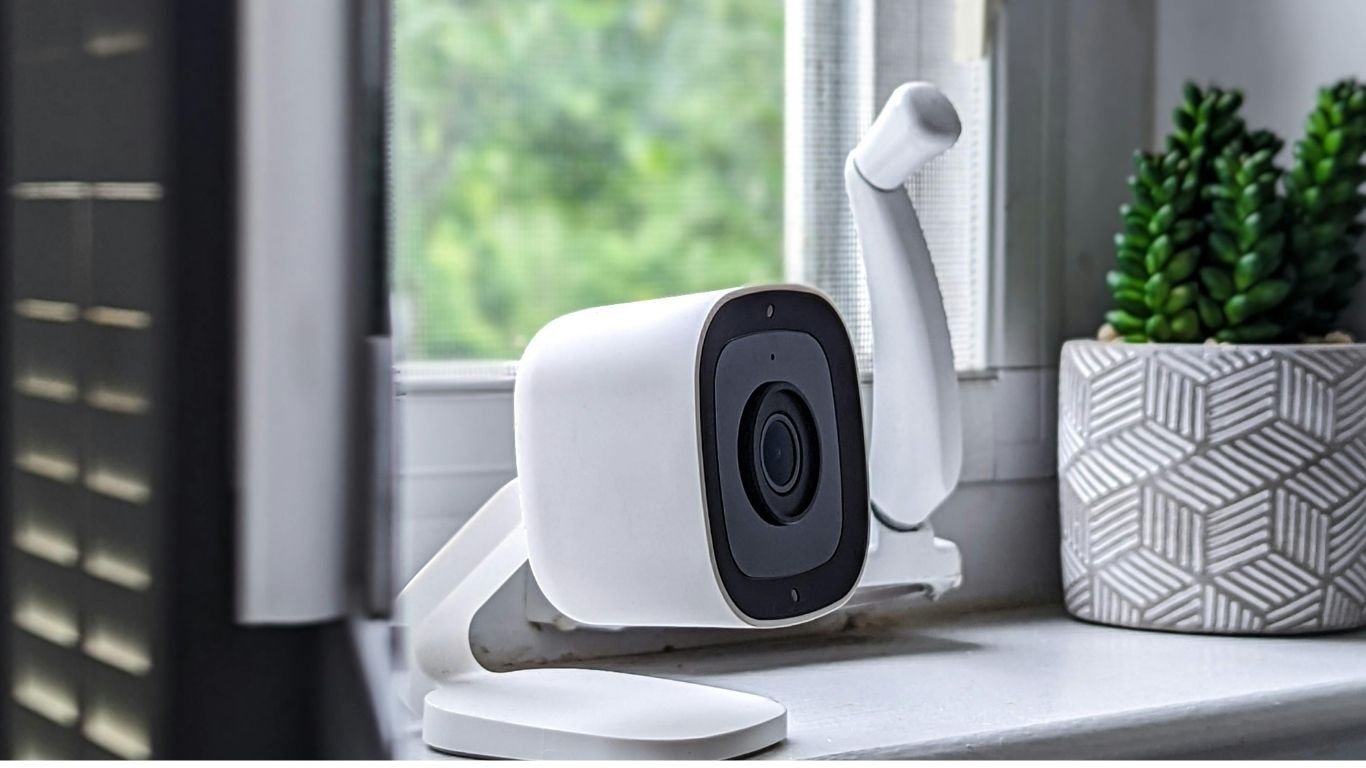If you run a business and any of it is online, fake accounts are always a threat. These can appear in your in-house apps when people sign up, on social media, or via e-commerce platforms.
Most fake accounts won’t cause you any direct harm. However, allowing them to persist is always a risk. They could make you non-compliant, put your brand at risk, or threaten your legitimate customers.
The purpose of this post is to discuss what you can do about fake accounts and how to prevent them from taking over your business. Here’s what you need to know:
Examine Activity Patterns
You’ll want to start by analyzing activity patterns. If you see things like inconsistent posting or suspicious engagement on social media, that could be a sign of a problem.
Remember, most accounts will typically want to engage with you in meaningful ways. They won’t just want to advertise or sit there collecting information.
Collect ID Verification Information
Another thing you can do is verify that people are who they say they are. If you can check this, then that can help a great deal.
These days, you don’t have to do all of this manually. There are many third-party services that will happily do it for you, like PrivateID. The idea here is to use automation tools to compare ID photos to selfies to ensure that people are who they say they are. These are quick, efficient, and don’t require a great deal of overhead.
Check Communication Style
You should also check the communication style coming out of the accounts that you use. If you see generic messages that look robotic or overly formal, then it could be a sign that you’re dealing with a bot or a fake account.
Many of these accounts will use things like urgency to make you do something. The idea here is to stress you out and then get you to click when you’re not thinking straight. Don’t fall for it.
Monitor Transactions
You can also perform transaction behavior monitoring. The idea here is to observe purchase patterns and ask if they make sense (especially if you have historical data for the account). Changes in frequency or payment methods can all be suspicious, especially if they are from different locations.
If there are IP and location mismatches, that’s also an issue. So, too, is VPN usage. Again, these changes in behavior can sometimes indicate fraud.
Use Technology
If you can use technology to weed out fraudulent accounts, that can help you even more. Today, there are numerous fraud detection tools on the market, each able to flag anything that looks like suspicious behavior. Security personnel can then go in and check the details of the activity to see what’s happening.
If you are being harassed by bots, then CAPTCHA filters and two-factor authentication can be helpful. These provide additional verification and deter software that might be trying to set up fake accounts on your system as a form of sabotage. Shopify also has a fraud filter.







